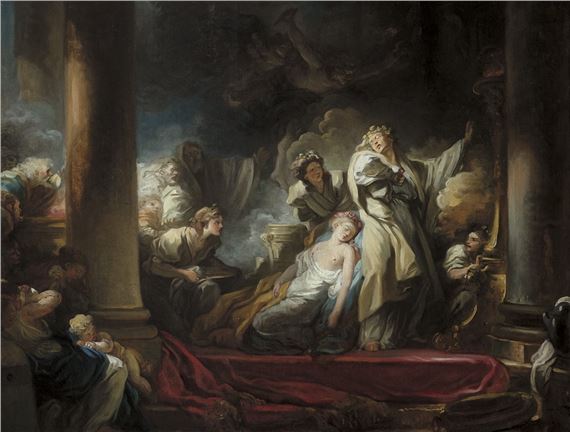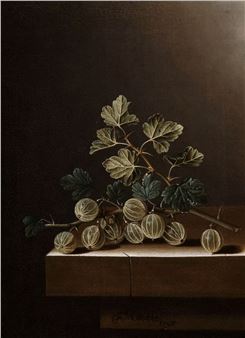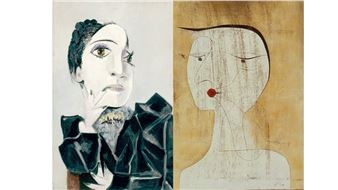The French Taste and its Presence in Spain: 17th вҖ“ 19th Centuries
A cross-disciplinary project such as вҖңEl gusto francГ©sвҖқ, which covers such an extensive historical period, cannot be understood without its historical context. In this sense, the exhibition also addresses aspects that shed light on this evolution, such as diplomatic relations, the history of collecting and the construction of national identities.
Through numerous paintings (45), drawings (16), sculptures (8), pieces of sumptuary and decorative arts (31) and everyday objects, the exhibition aims to explore the evolution of French taste in our country, which up to now has only been studied sporadically.
This project is the result of in-depth research, which has brought to light works that until now had been considered missing, allowed new attributions to be made and restored a good number of the pieces presented. The exhibition is supported by important Spanish institutions such as the Biblioteca Nacional de EspaГұa, the Museo de Bellas Artes de Bilbao, the Museo Nacional del Prado, the Museo Nacional Thyssen Bornemisza, the Museo del Romanticismo, the Museo de Artes Decorativas o Patrimonio Nacional, as well as outstanding private collections, whose works are being exhibited for the first time.
Curator: Amaya Alzaga

Recommended for you
A cross-disciplinary project such as вҖңEl gusto francГ©sвҖқ, which covers such an extensive historical period, cannot be understood without its historical context. In this sense, the exhibition also addresses aspects that shed light on this evolution, such as diplomatic relations, the history of collecting and the construction of national identities.
Through numerous paintings (45), drawings (16), sculptures (8), pieces of sumptuary and decorative arts (31) and everyday objects, the exhibition aims to explore the evolution of French taste in our country, which up to now has only been studied sporadically.
This project is the result of in-depth research, which has brought to light works that until now had been considered missing, allowed new attributions to be made and restored a good number of the pieces presented. The exhibition is supported by important Spanish institutions such as the Biblioteca Nacional de EspaГұa, the Museo de Bellas Artes de Bilbao, the Museo Nacional del Prado, the Museo Nacional Thyssen Bornemisza, the Museo del Romanticismo, the Museo de Artes Decorativas o Patrimonio Nacional, as well as outstanding private collections, whose works are being exhibited for the first time.
Curator: Amaya Alzaga

 ARTISTS
ARTISTS
















